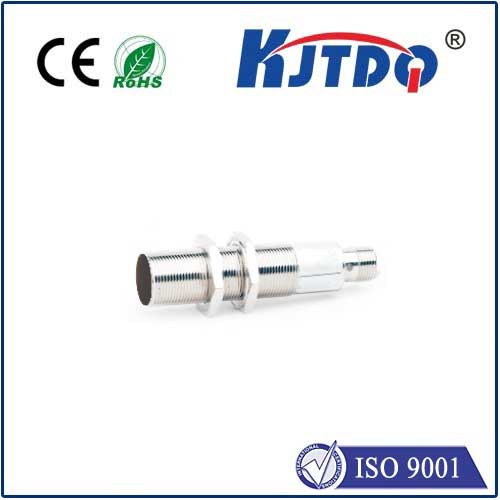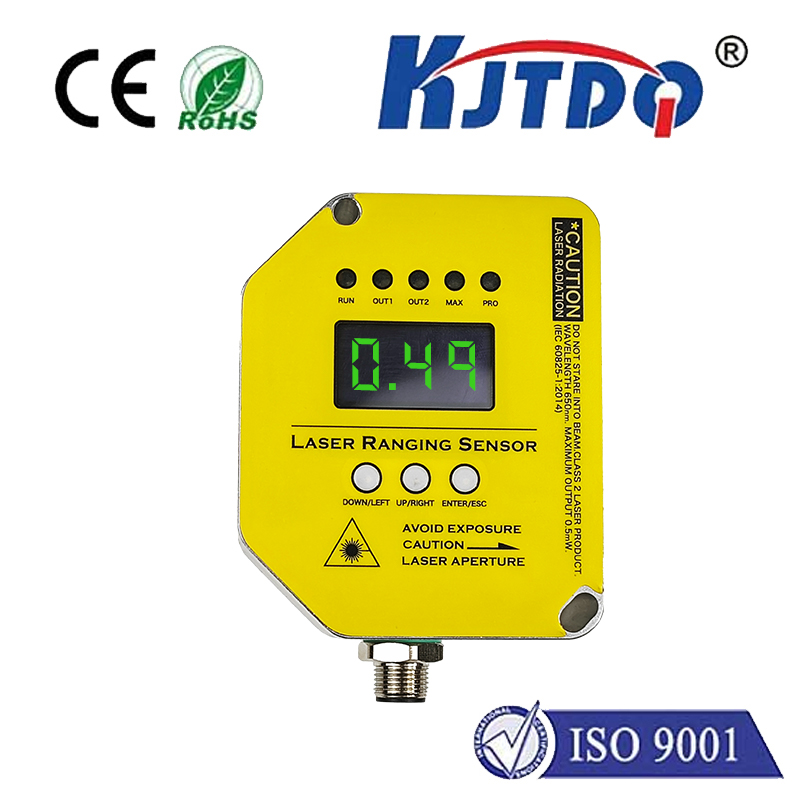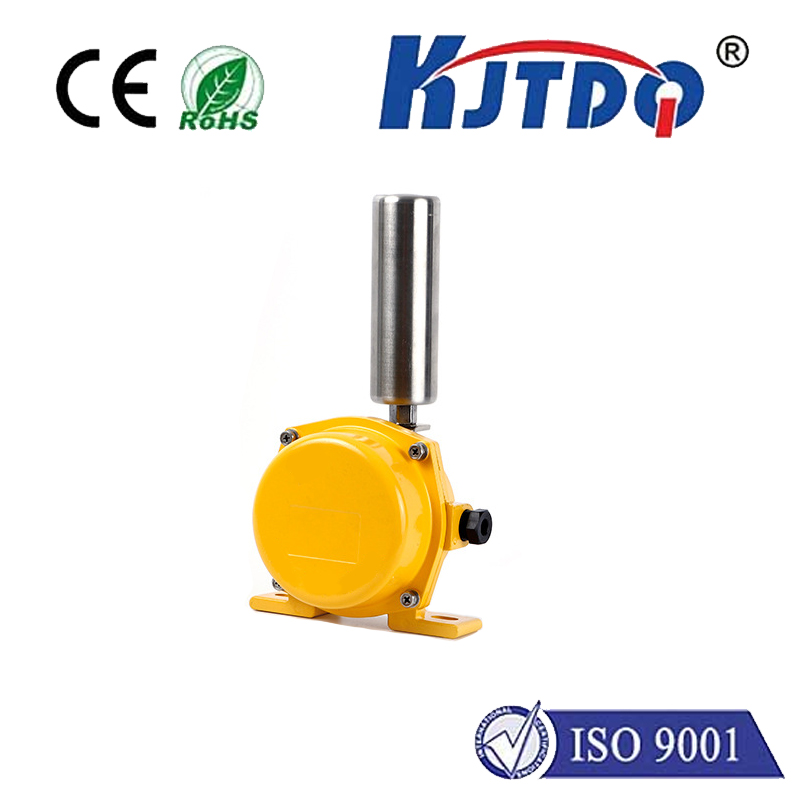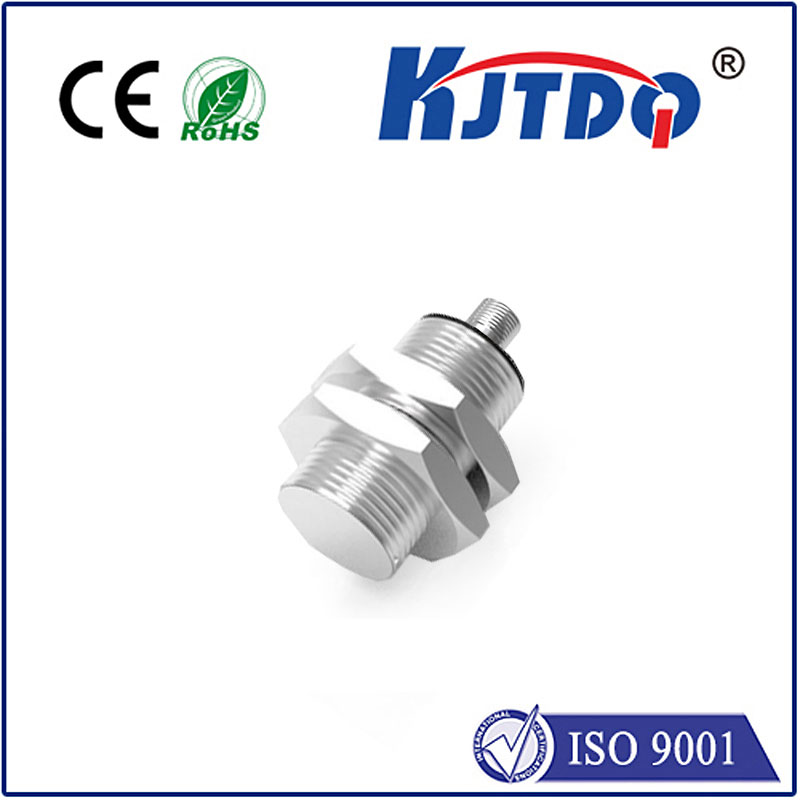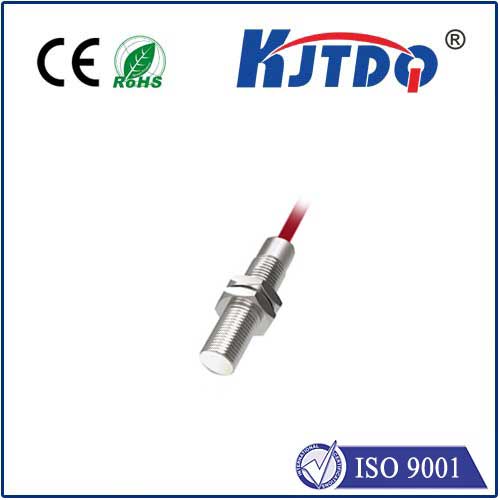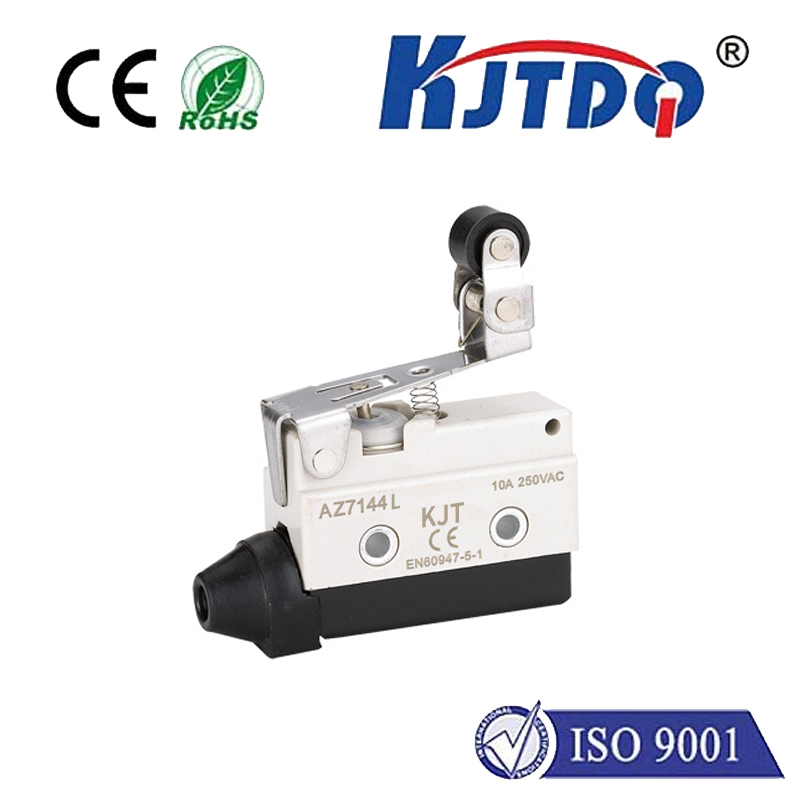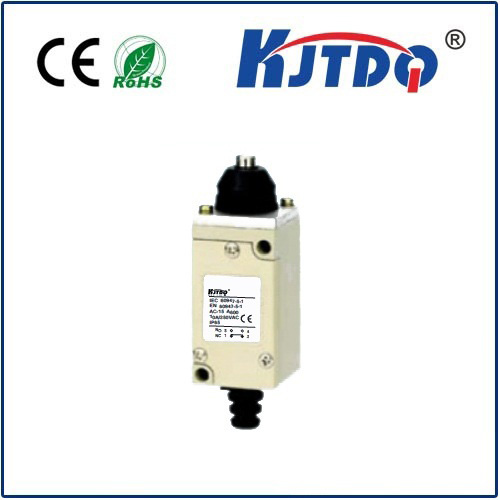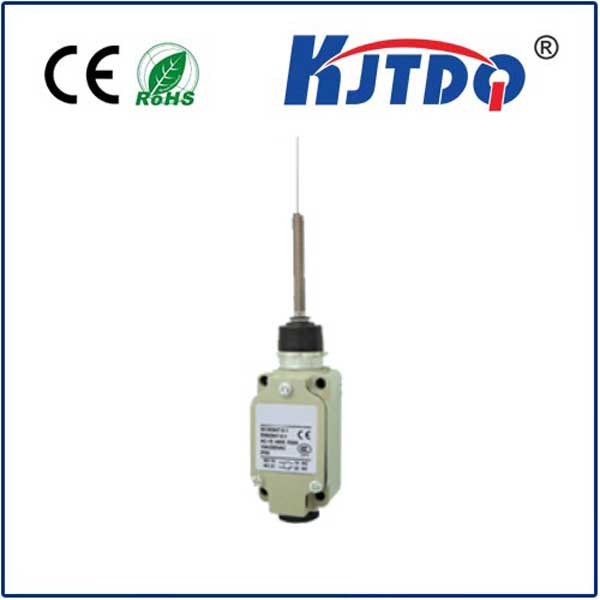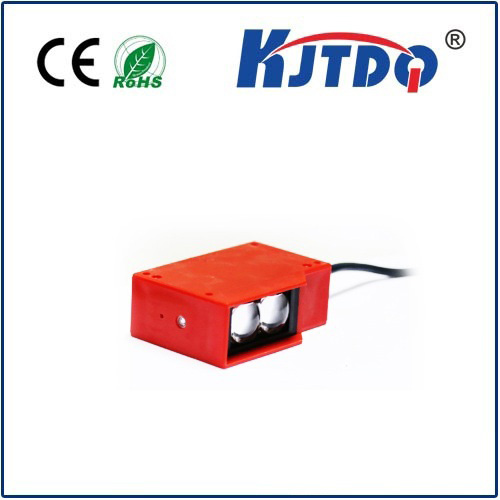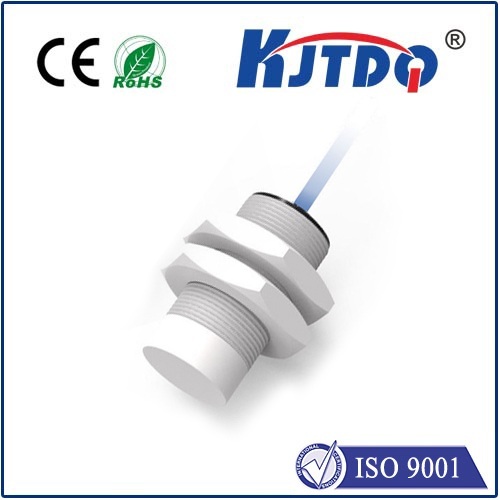
check

check

check

check
The integration of proximity speed sensors into modern technology has revolutionized several industries, providing unprecedented levels of safety and efficiency. These innovative devices have significantly enhanced the way we move, work, and interact with our surroundings. In this article, we delve into the world of proximity speed sensors, examining their capabilities, applications, and future implications.
At its core, a proximity speed sensor is a type of device that monitors the distance between two objects while also measuring their relative motion. This information is then used to calculate speed and determine whether one object is approaching or receding from another. By detecting changes in proximity and velocity, these sensors offer valuable insights into a variety of situations, from traffic management to industrial automation.
One of the primary benefits of proximity speed sensors is their ability to improve safety on the roads. By providing real-time information about the speeds and positions of vehicles, these devices can help prevent accidents by alerting drivers to potential hazards. In addition, they can also be used to optimize traffic flow, reducing congestion and improving overall transportation efficiency.
Beyond road safety, proximity speed sensors have numerous applications in various industries. For example, in manufacturing facilities, these devices can be used to monitor the movement of machines and ensure that they are operating within safe parameters. They can also be employed in logistics and supply chain management to track the location and status of goods in transit. In healthcare, proximity speed sensors are being developed to enhance patient monitoring and improve response times during emergencies.
As technology continues to evolve, so too do the capabilities of proximity speed sensors. Advances in materials science, wireless communication, and artificial intelligence are driving new innovations that promise to further expand their usefulness. For instance, some researchers are exploring the use of proximity speed sensors in augmented reality applications, enabling users to interact with their surroundings in more intuitive and responsive ways. Others are investigating ways to integrate these sensors with other smart devices, creating a more interconnected and efficient ecosystem.
In summary, proximity speed sensors represent a significant leap forward in the field of wearable technology and beyond. Their combination of precision measurement, real-time data collection, and machine learning abilities makes them invaluable tools for a wide range of applications. As we continue to unlock the full potential of these devices, it is clear that they will play an increasingly crucial role in shaping our future.
